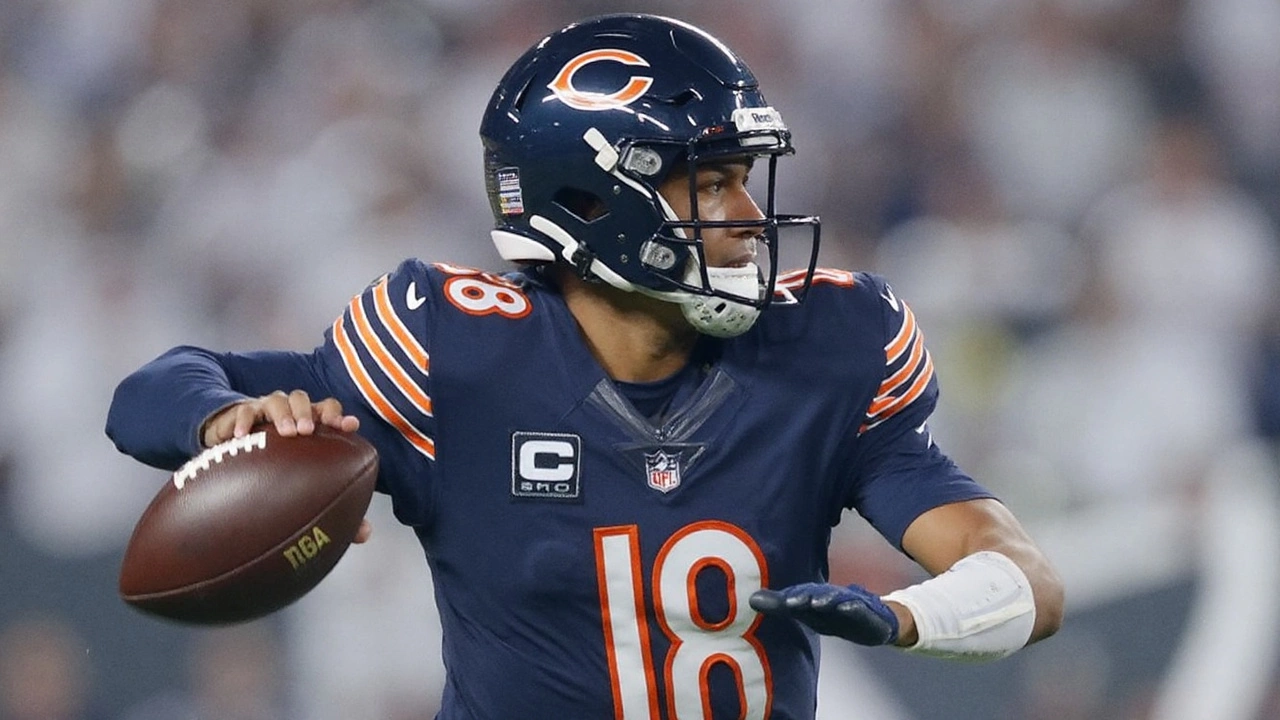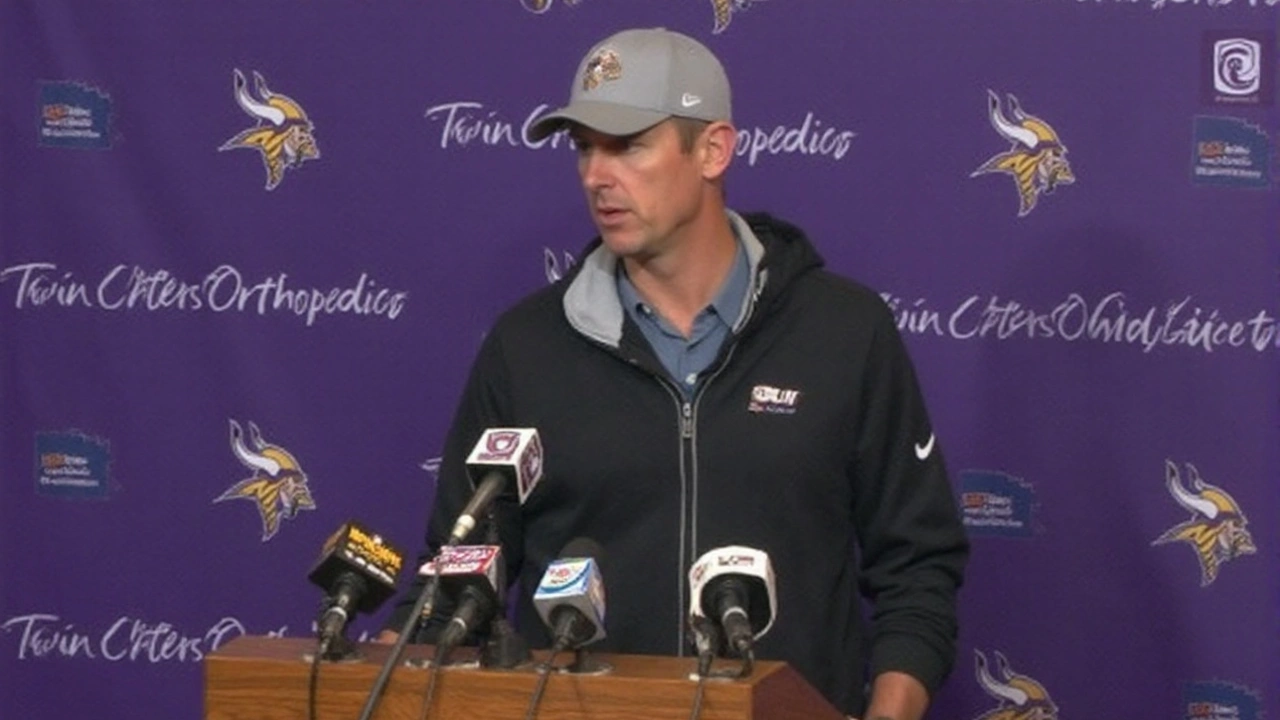Week 1 health check: where the Vikings stand
Week 1 arrives with more questions than answers for Minnesota, and the list starts with a handful of starters. Head coach Kevin O’Connell ran through a cluster of Vikings injury updates as the team preps for the Bears, and there’s real uncertainty at every level of the roster.
Linebacker Blake Cashman is headed for an MRI after a hamstring issue that kept him out of the team’s last game. O’Connell didn’t offer a timetable, and that’s telling. Hamstrings swing wildly: sometimes it’s a week, sometimes it’s a month, depending on the grade and how the player responds. The team will know more once imaging and early-week practice work are in.
Cornerback Jeff Okudah “seemed to have a concussion on that last play,” O’Connell said, and he’s now moving through the league’s concussion protocol. He traveled home with the team and “checked out” well enough for that, but protocol is strict: symptom-limited activity, light aerobic work, non-contact drills, full practice, then clearance from an independent neurologist. One hiccup can stall the whole process.
At left tackle, Christian Darrisaw is being managed day to day. O’Connell pointed out Darrisaw had a strong camp and hit his workload targets, so the staff will “progress forward and be smart” while giving him every chance to practice. With the opener on deck, even a limited Darrisaw would matter. If he can’t go, Minnesota has to protect the edge differently—more quick game, more chip help, and a heavier role for tight end Josh Oliver on pass protection snaps.
Veteran safety Harrison Smith is working back from illness. He’s doubtful, but O’Connell described it as a physical ramp-up, not a mental hurdle. That tracks with Smith’s profile—he’s logged more snaps and disguises than most safeties in the league. If he’s limited, expect more three-safety variants featuring Camryn Bynum and Josh Metellus and some creative disguises without the full Smith toolbox.
The tone from O’Connell was consistent: be cautious with veterans, lean on depth, and keep the overall group fresh. Early September wins aren’t worth long-term setbacks, but it’s not a free pass either—this is a division game, and Chicago presents specific matchup issues that tie directly to these injuries.

How injuries could shape the plan vs. Chicago
Cashman’s MRI result might be the biggest lever. In Brian Flores’ defense, the inside linebacker next to the pressure looks is a traffic cop and a closer. Cashman’s speed and range fit the call-it-and-chase-it style that unlocked Minnesota down the stretch last year. If he’s out or limited, Ivan Pace Jr. becomes the nerve center, and the staff may sprinkle in more dime with a safety stepping into short-zone roles to keep speed on the field. Brian Asamoah II is another option to soak up early-down snaps if they want to keep the middle fast without tipping pressure.
Okudah’s status directly affects how the Vikings match up with Chicago’s wideouts. The Bears can roll out a tough trio—DJ Moore, Keenan Allen, and rookie Rome Odunze—who stress you at all depths. Without Okudah, Byron Murphy Jr. shoulders more one-on-ones, and Minnesota would need steady snaps from Mekhi Blackmon, Andrew Booth Jr., and possibly Shaquill Griffin. That group can run, but cohesion matters against bunch looks and option routes. Communication is the difference between a pass breakup and a 40-yard bust.
Darrisaw is the blindside anchor for whoever takes the first snap at quarterback. If it’s the rookie J.J. McCarthy, protection on the left matters even more—clean pockets and predictable platforms speed up decision-making. If it’s a veteran stopgap, the equation is the same: keep the edge quiet, avoid third-and-long, and force the Bears to declare coverage early. Expect O’Connell to lean on quick-game concepts—slants, outs, stick, and RPO tags—if Darrisaw is limited, plus some under-center wide zone to stress the Bears horizontally before setting up play-action.
Smith’s illness forces questions about the sub-packages Flores likes against spread sets. Minnesota has built its identity on post-snap movement—rotations from two-high to single-high, late creepers, and sugar looks that muddy the count. Bynum and Metellus can handle that dance, but Smith’s timing and blitz angles are unique. If he’s not full-go, look for discipline over volume: fewer kitchen-sink pressures, more selective five-man rushes, and simple disguises that still bait a young quarterback.
On that front, Chicago’s offense is new at the most important spot. A rookie quarterback—Caleb Williams—changes how you attack. The Bears will try to get him comfortable with defined reads, quick rhythm throws, and designed movement. That makes edge contain, second-level pursuit, and tackling in space the premium traits this week. Cashman’s availability touches all three, and Okudah’s status affects how aggressive Minnesota can be with press looks and late rotations.
Special teams and hidden yards come into play when injuries chop the two-deep. If Smith is limited, who takes his place on the punt team? If Okudah sits, does a core special-teamer have to play 60 snaps at corner and then cover kicks? Those ripple effects show up late in the third quarter when legs get heavy.
Roster mechanics matter, too. The first official injury report lands midweek. The tells are in the designations: Did Not Participate versus Limited is the coin flip line early on. Limited-to-full progression by Friday usually points to active, while a string of DNPs sets up the obvious. On Saturday, Minnesota can elevate up to two practice-squad players without a full contract—watch for a corner, safety, or hybrid linebacker as candidates if Okudah or Cashman trend down. Final inactives post 90 minutes before kickoff.
Depth options are straightforward. At corner, Murphy, Blackmon, Booth, and Griffin give Flores four playable bodies, with the rookie class offering emergency help if needed. At linebacker, Pace is the green dot if Cashman sits, with Asamoah next man up. In the secondary, Bynum and Metellus can carry heavy snaps, and the staff can toggle between nickel and big nickel to keep run fits sound while protecting the middle of the field.
On offense, left tackle contingency planning is less about one name and more about structure. Expect more 12 personnel with Oliver attached, plus motion to reveal coverage and help the tackle set his angle. Screens to running backs and quick game to the perimeter slow the rush and punish over-aggression. If Darrisaw is close but not quite there, a pitch count—series on, series off—is possible, though that’s rare at tackle and requires careful drive planning.
As for McCarthy, O’Connell didn’t offer specifics on his Week 1 role, but the tone hinted at a measured approach. That means reps are precious. If Darrisaw is limited, the call sheet tilts toward rhythm throws, movement, and defined reads—stuff that builds confidence and keeps the ball out quickly. If the line is stable, the staff can layer in more full-field progressions and deeper shots.
The stakes are obvious. Division games in September don’t lock in playoff paths, but they do set tiebreakers and tone. In a matchup where a rookie quarterback is on one side and a new-look roster is on the other, the small things—health, communication, and situational football—tend to decide it.
What to watch as the week unfolds:
- Cashman’s MRI result and his practice level by Friday (DNP vs. Limited).
- Okudah’s step-by-step progress through concussion protocol and any late-week clearance.
- Darrisaw’s workload and whether he logs a full session before the game.
- Harrison Smith’s conditioning ramp—does he go from side work to team periods?
- Any practice-squad elevations at corner, safety, or linebacker on Saturday.
The Vikings want freshness and pressure without sacrificing health. That balance is the game inside the game this week, and it starts with who’s available when the inactives sheet drops.
